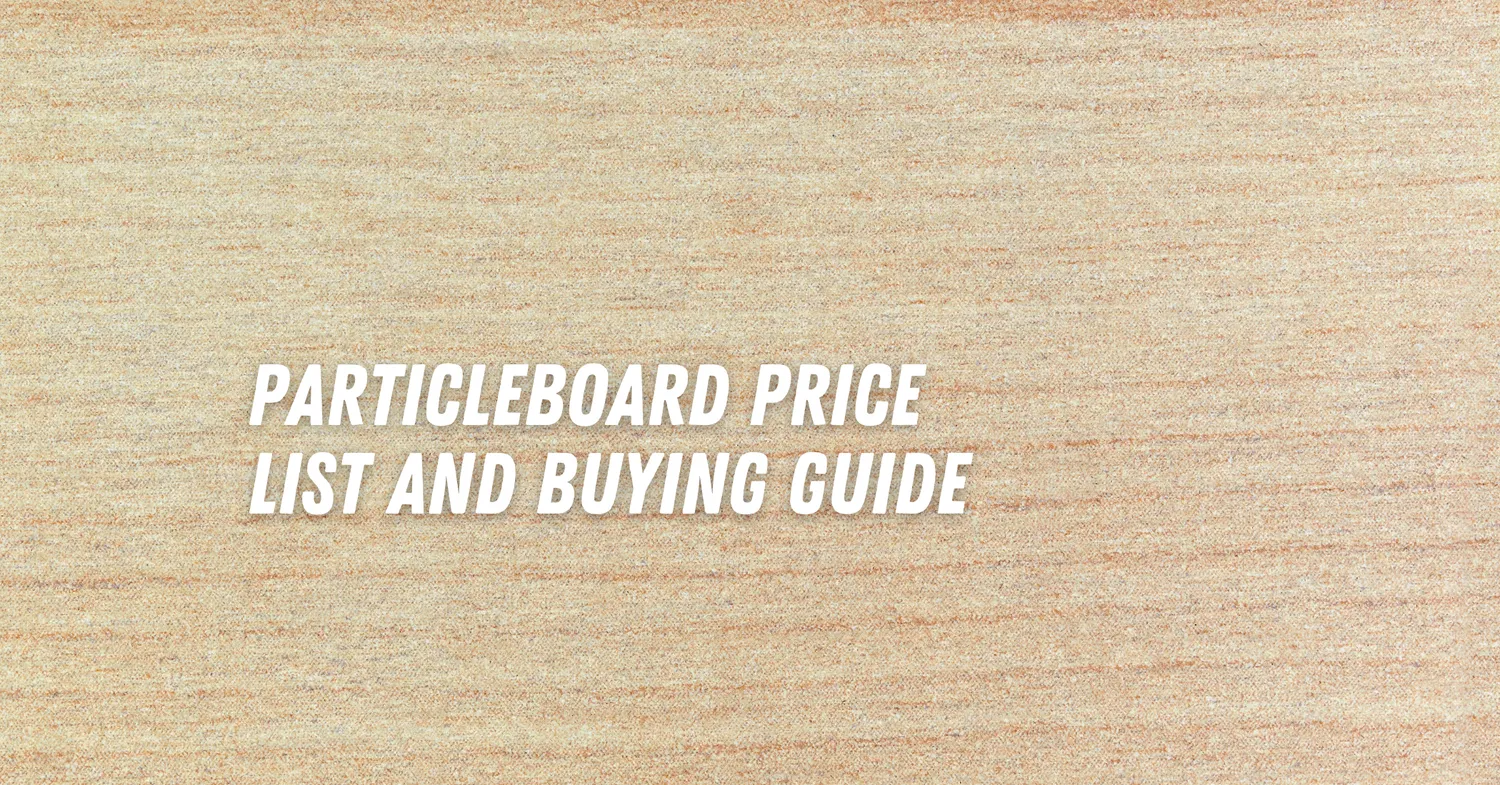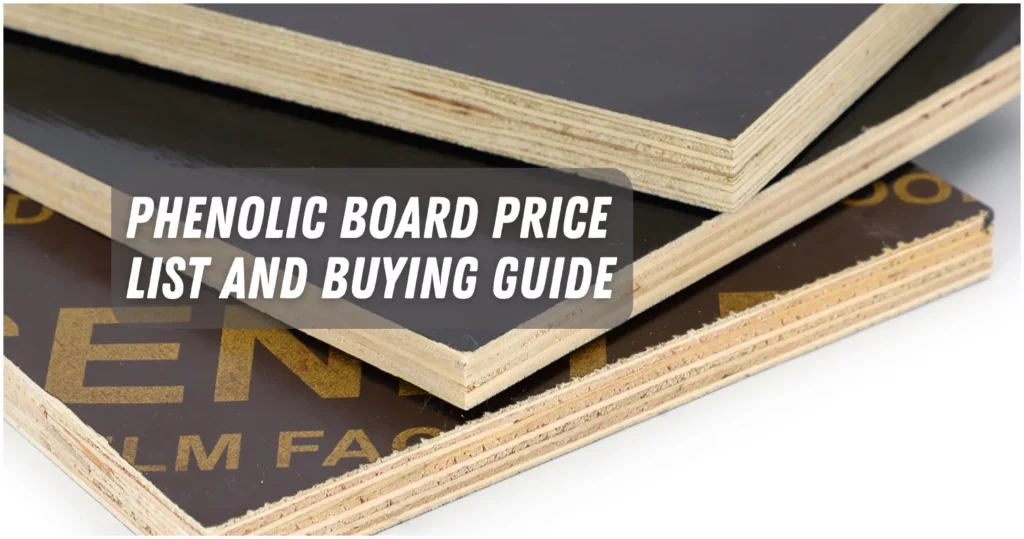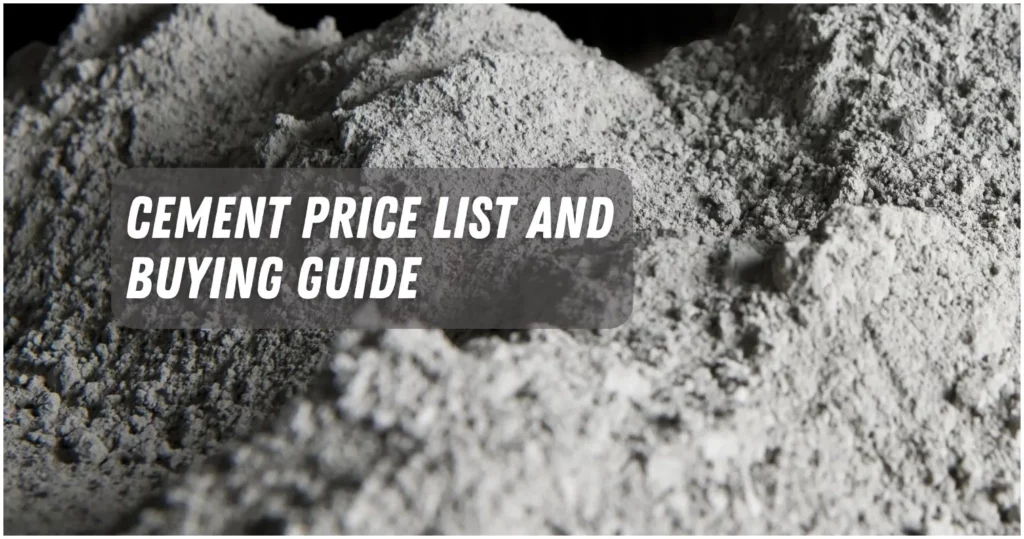In this content, we’ll explore particleboard, an engineered wood product made by pressing wood chips and a synthetic resin or binder into hard sheets or panels.
Also known as chipboard or low-density fiberboard, particleboard is often used in furniture, buildings, and other interior applications where strength is not the main worry. Particleboard is less expensive and more attractive than solid wood but not as strong or long-lasting.
In this article, we’ll delve into particleboard’s properties, its uses, how it compares to other pressed wood goods, its strength, and its advantages and disadvantages. We’ll also provide a list of particleboard prices in the Philippines.
What is Particleboard?
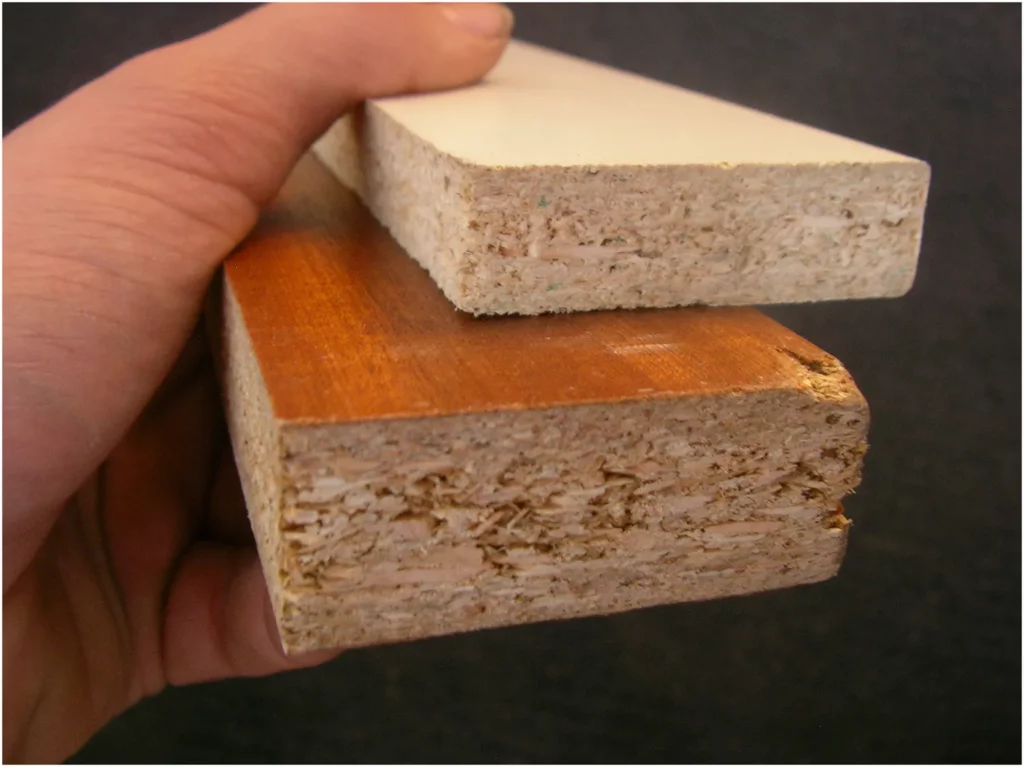
Particleboard, which is also called chipboard or low-density fiberboard, is an engineered wood product that is inexpensive and useful. It is made by pressing wood chips and a synthetic resin or binder into hard sheets or panels.
This waste wood product is often used in furniture, buildings, and other interior applications where strength is not the main worry. Particleboard can be coated or covered with a veneer to make it look better and last longer.
This makes it a cheaper and more attractive option to solid wood. But it’s not as strong or long-lasting as solid wood or engineered wood products like plywood, so it’s not a good choice for outdoor building or load-bearing structures.
Is particle board a good material?
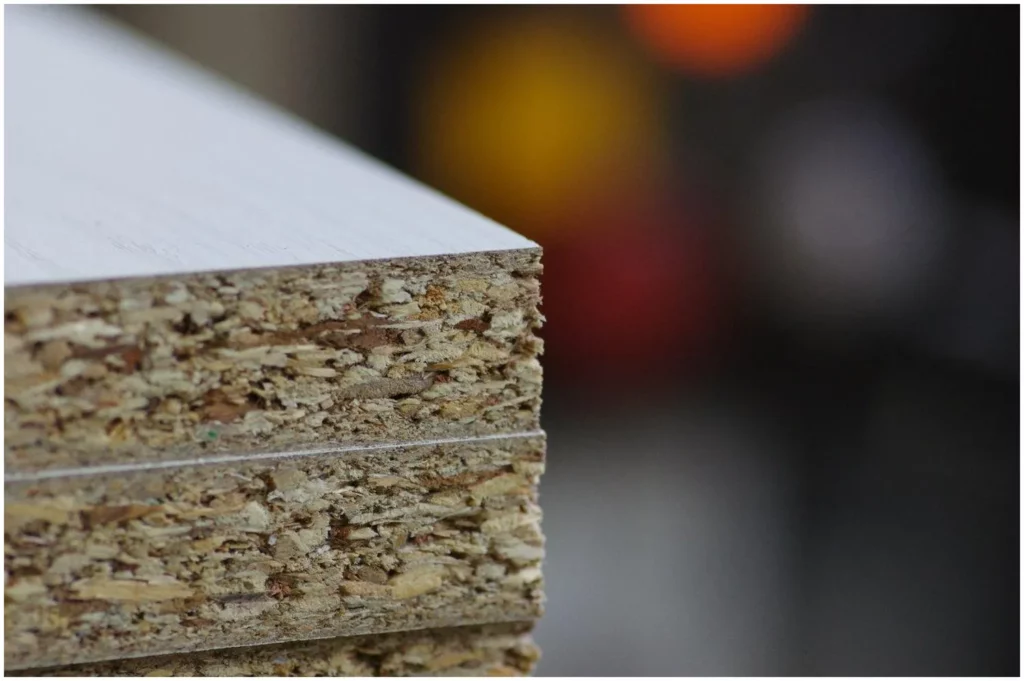
Particle board is a good material for some uses, especially those where price is a big factor. It is often used to cut building costs by replacing more expensive materials like plywood or MDF. Particle board is flexible and can be used for many things, like chairs, false ceilings, floors, and even speakers.
But it’s important to know that particle board isn’t as strong or long-lasting as other engineered wood products, so it might not be good for buildings that hold weight or use outside. To make sure particle board works well in any situation, it’s important to choose high-quality materials that last a long time.
What is better MDF or particle board?
MDF and particle board are both pressed wood goods that are similar in price, density, strength, and durability. MDF is mostly used to make cabinets, shelves, furniture, and trim. It is made from fine wood fibers.
It is easier to cut than particle board, doesn’t tear or chip as easily, and works well for projects with complex shapes. MDF can be finished with plywood or laminate, and it can be painted without soaking up too much paint or warping in an unattractive way.
Particle board is a less expensive choice that is made by hot-pressing sawdust with resin adhesives. It is mostly used for cheaper furniture, cabinets, doors, flooring substrates and underlays, countertop substrates, and temporary walls.
Even though particleboard is not as strong as MDF, it is thicker and stronger than wood and works best when it is flat. It doesn’t warp when the temperature changes or when other things in the surroundings change, but it does expand when it gets wet.
Most of the time, items made from MDF are better in quality and strength than those made from particle board. However, particle board is a cheaper choice for projects that don’t need a fancy finish.
Particleboard Price List in the Philippines
| Item | Price |
|---|---|
| Westply HMR Mel Plywood White 18mmx4ftX8ft | ₱4,135.00 |
| Westply Hi Moisture Resistance Melamine Plywood White 18mmx4ftx8ft | ₱4,045.00 |
| Westply Mel Edging w/o Glue Plum 1mmx22mm | ₱32.00 |
| Westply Melamine Board Wallis Plum 18mmx4ftX8ft | ₱2,330.00 |
| Westply Mel Edging w/o Glue Teak 1mmx22mm | ₱33.00 |
| Westply Melamine Board Teak 18mmx4ftX8ft | ₱2,435.00 |
| Westply Mel Edging w/o Glue Beech 1mmx22mm | ₱31.00 |
| Westply Melamine Board Beech 18mmx4ftX8ft | ₱2,432.00 |
| Westply Mel Edging w/o Glue Cherry 1mmx22mm | ₱33.00 |
| Westply Melamine Board Cherry 18mmx4ftX8ft | ₱2,431.00 |
| Westply Mel Edging w/o Glue Grey 1mmx22mm | ₱34.00 |
| Westply Melamine Board Grey 18mmx4ftX8ft | ₱2,423.00 |
| Westply Mel Edging w/o Glue White 1mmx22mm | ₱31.00 |
What is particleboard used for?
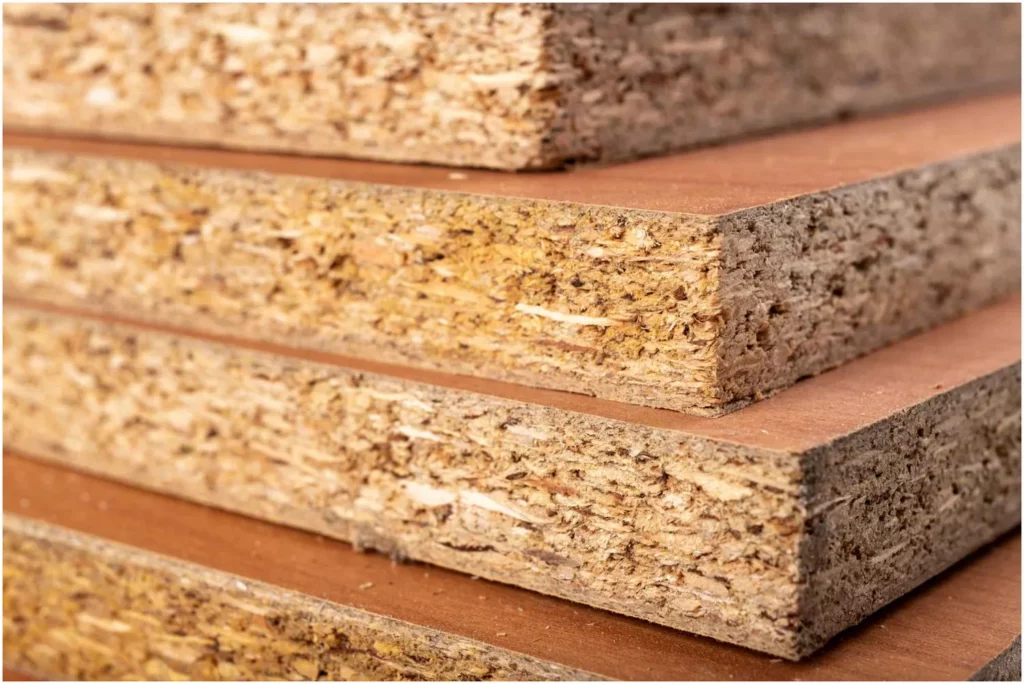
Particleboard is a versatile engineered wood product with various uses in construction, furniture, and other industries.
It is commonly used as a flooring material in temporary structures with low load application and as a base for hardwood, parquet, and carpeted floors. Particleboard is also used in partition walls as a cost-effective option with good thermal and acoustic insulation properties.
Laminated particle boards and cement particle boards are widely used in false ceilings due to their thermo-acoustic insulation properties, and particleboard is also used as core material for doors, as well as in furniture manufacturing, including for beds, storage units, shoe racks, TV cabinets, and small shelves.
In commercial industries, particleboard is used in products such as televisions, speaker boxes, sewing machine tops, display boards, and automobile parts, particularly wood veneer particle boards.
How strong is particleboard?
Particleboard is not considered a strong material as it has a tendency to absorb water and swell, which limits its use as a structural element.
While it can be used as a less-expensive alternative to plywood, solid wood cores tend to be stronger and more durable.
In addition, the use of formaldehyde as a binder in particleboard can pose health risks, including the potential for cancer and irritation to the eyes, nose, and skin.
Advantages and Disadvantages Particleboard
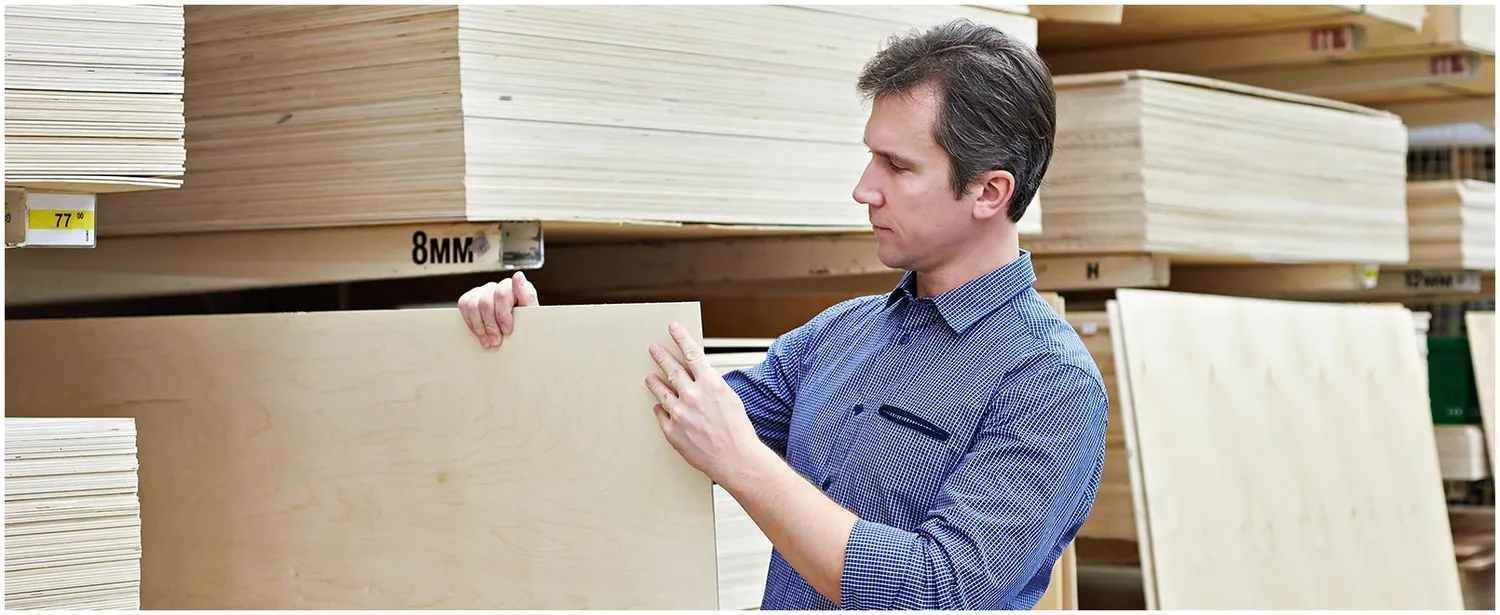
Particleboard has several advantages such as being cheaper than plywood, having a smooth and flat surface, not easily distorting, being lightweight, having decent screw-holding capacity, easy to clean, relatively eco-friendly, offering some acoustic insulation, and sawing fairly clean.
On the other hand, it has several disadvantages as well, such as limited weight-bearing capacity, limited lifespan due to moisture, not being suitable for load-bearing applications, being toxic due to formaldehyde in the resin, having low strength, low durability, warping in moisture and humidity, and not being as eco-friendly as solid wood furniture.
Therefore, it is important to consider both the advantages and disadvantages of particleboard when selecting it as a building material.
[ratings]